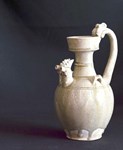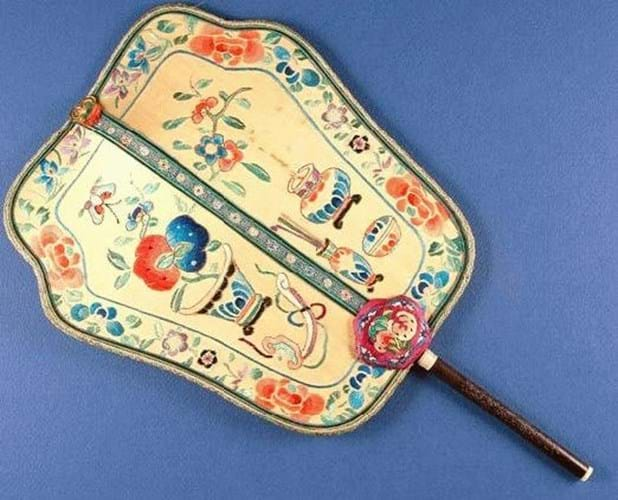
He was one of the driving forces behind the Korean Foundation Gallery at the British Museum in London. Among his legacies is a collection of antique fans.
He left his collection to his daughter Hahn Eura EunKyung with the instruction to set up a public gallery so that everybody could admire the many fans he had gathered. His daughter shared her father’s passion and worked closely with him, acquiring several fans on his behalf.
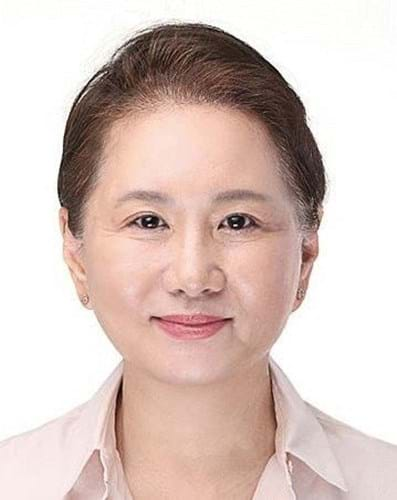
Hahn Eura EunKyung.
Eura now heads the Eurus Collection of antique fans in South Korea and has produced a book on the subject, Chinese Fans The Untold Story, which is out now.
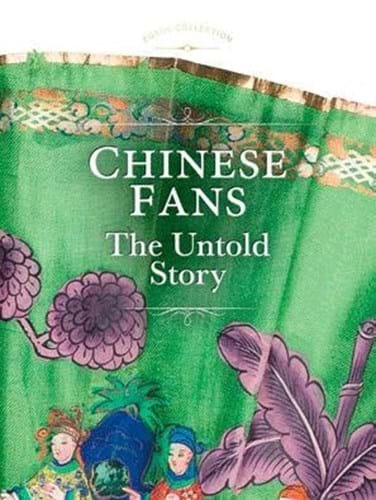
Chinese Fans The Untold Story by Hahn Eura EunKyung and Dr Ha Young Joo, published by Scala.
ATG: Your father collected many items - not just fans?
Hahn Eura EunKyung: He collected Chinese antiques including ceramics and paintings and Korean antiques as well. He had more than 100,000 works that he collected over four decades. Today many of these artefacts are displayed in the Hwajeong Museum in Seoul. One day, several decades later, he came across an antique fan in an antique shop and it was ‘love at first sight’ with the refined beauty of this object. This inspired him to start his fan collection - today one of the biggest ones in the world.
When did he start collecting fans?
In the 1970s.
Did you work with your father?
I worked in the Hwajeung Museum, which was set up by my father to display the many antique objects that he owned such as thangka (Tibetan Buddhist painted cloth scrolls), Chinese paintings and Chinese porcelain. Following his death, I started devoting all my time and energy to the fan collection. Today my brother heads the Hwajeung Museum.
How many items are in the fan collection?
Around 1100.
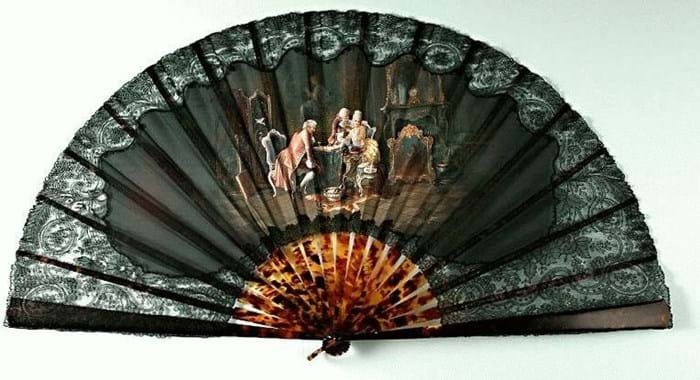
Late 20th century Ching dynasty fan embroidered on silk with a bamboo and ivory handle.
Was it always your father’s dream to have a museum?
Yes, as he wanted his collection to be enjoyed by the public at large. This way, its life would have been much broader and it would have lived for longer as many generations will be able to enjoy the artefacts.
Where did he make his purchases?
Mainly through the traders in Hong Kong and London. There had been many experiences of purchasing fake items, when he would pay genuine prices, which was a rather expensive lessons at the beginning.
How have you been shaping the collection your father began?
Curating the collection is my duty for the legacy of my late father as he tasked me with this before passing away. I occasionally increase the collection by making some acquisitions and sales, especially when some of the fans are very similar to others in terms of topic, time period, andmaterial etc.
What is the most expensive item in the collection?
It was a $23,000 piece (pictured below), an ivory example.
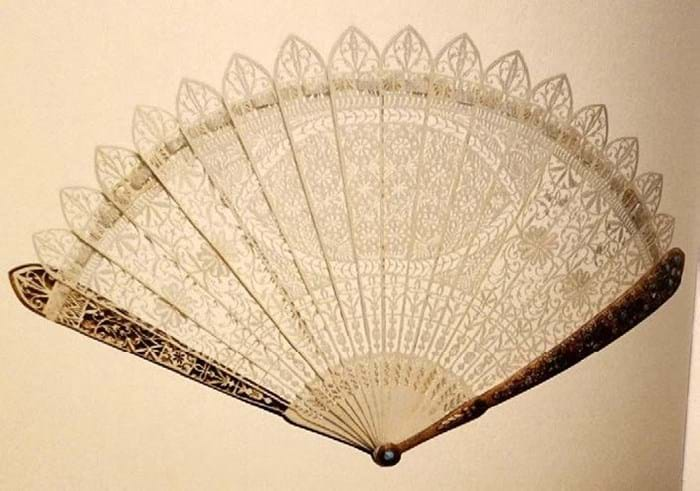
The most expensive purchase for the Eurus Collection: a c.1830 English carved ivory fan, with the guards in gilt-metal, and decorated with gemstones.
How have restrictions in trading ivory items affected the collection?
Although the fans in the collection are antiques, Dr Hahn bought all his ivory fans prior to 1989 when the Convention on International Trade in Endangered Species (CITES) came into effect restricting the trade in ivory (with exemptions including for worked items from before March 1947).
What advice would you give a young collector?
Quality rather than quantity.


